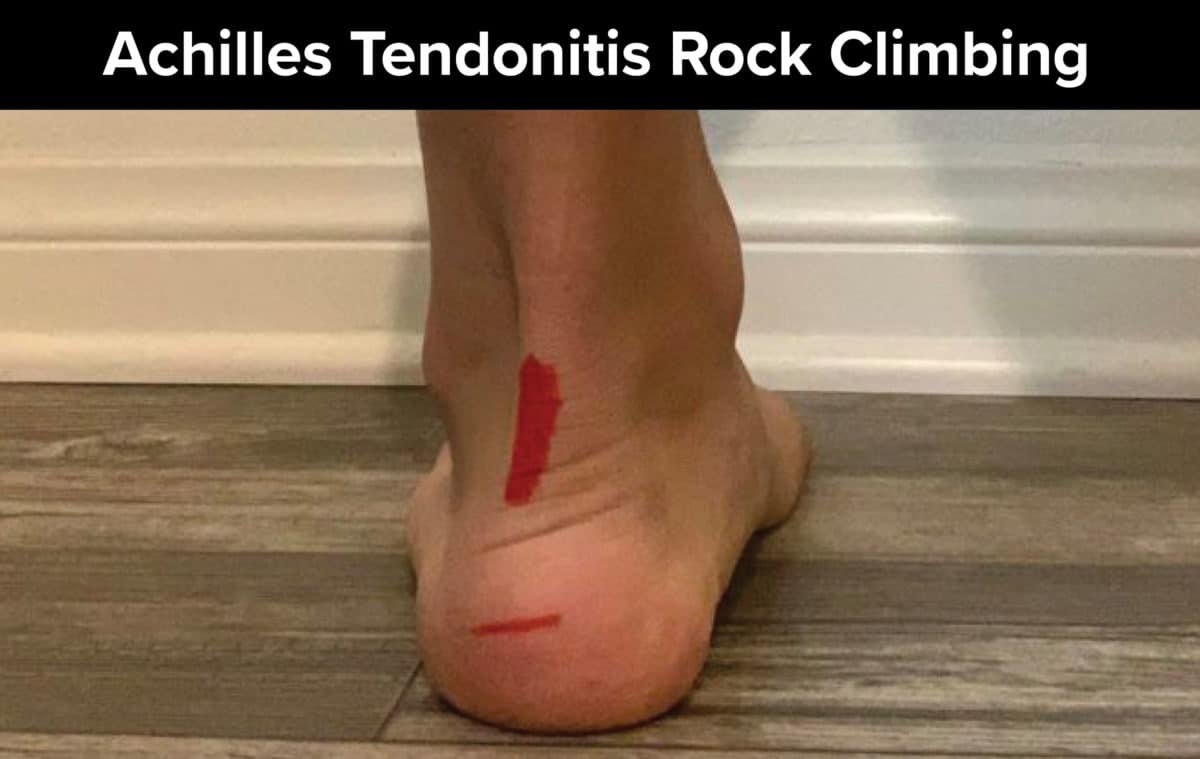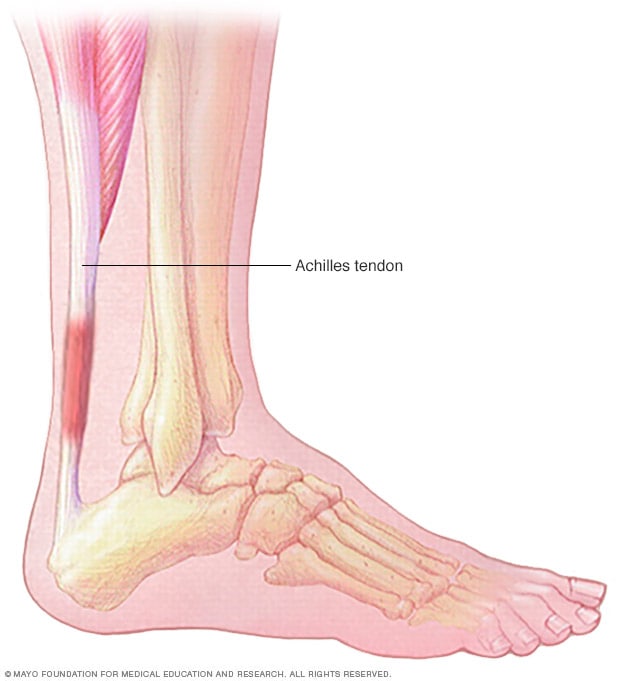Achilles Tendinitis or tendinopathy is a condition in which the Achilles tendon becomes inflamed and painful. When the Achilles tendon is inflamed it can tighten and cause discomfort.
 What Is Achilles Tendonitis Podiatrist In Grand Rapids Mi
What Is Achilles Tendonitis Podiatrist In Grand Rapids Mi
The runners stretch or calf stretch will provide relief by loosening the tendon.

Swollen achilles tendon. Pain in this tendon can result from a tear or rupture of the tendon or from tendinitis which doctors may. The Achilles tendon connects the heel bone to the calf muscles at the back of the ankle. This bursa may become inflamed swollen and painful resulting in anterior Achilles tendon bursitis.
Moderate the Achilles tendon may swell. It allows you to push your foot down. You can treat mild tendon injuries yourself and should feel better within 2 to 3 weeks.
Other symptoms include tight calf muscles and limited range of motion when you flex. The Achilles tendon is the largest tendon in the body. Additionally Achilles tendonitis occurs with those who often take part in sports such as dance basketball soccer tennis volleyball running as well as gymnastics.
It can cause joint pain stiffness and affect how a tendon moves. The main symptom of Achilles tendonitis is pain and swelling in the backside of your heel when you walk or run. Any sort of excessive pressure or strain to this tendon can cause it to get inflamed or swell resulting in what is termed as Inflamed Achilles Tendon or Achilles Tendonitis.
Abnormal pressure and foot dysfunction can cause a protective bursa to form between the Achilles tendon and the skin. To do this. Pain in the Achilles tendon occurs while running or a couple of hours after.
The condition is most often caused by overuse of the tendon or repetitive stress due to activities like walking running and jumping. Tendonitis is when a tendon swells becomes inflamed after a tendon injury. In some cases a hard lump nodule may form in the tendon severe any type of activity that involves weight-bearing causes pain of the Achilles tendon.
This is one of the common problems which happen with your calf muscles from the back of the lower leg to the heel. This tendon joins the calf muscle to the heel bone and traverses behind the lower leg. Achilles tendonitis can be an acute or chronic condition.
How to treat tendonitis yourself. Pain is greater when running fast for a long time or when climbing stairs. The term tendonitis implies inflammatory cells in the region of the tendon.
The Achilles tendon is an extremely important structure of the body. Bursitis in the Heel Normally only one bursa is in the heel between the Achilles tendon and the heel bone calcaneus. You use your Achilles tendon when walking running and jumping.
Very occasionally the Achilles tendon may rupture tear. Achilles tendinitis occurs when the tendon that connects the back of your leg to your heel becomes swollen and painful near the bottom of the foot. A compromised Achilles tendon can cause discomfort from a slight ache tenderness and stiffness to severe pain especially when bending the foot downward.
This tendon is called the Achilles tendon. It joins the gastrocnemius calf and the soleus muscles of the lower leg to the heel bone of the foot. A swollen Achilles tendon might also be called Achilles tendinitis Achilles tendinosis Achilles tendinopathy Achilles tenosynovitis heel cord tear calcaneal tendon tear or Achilles tendon tear.


